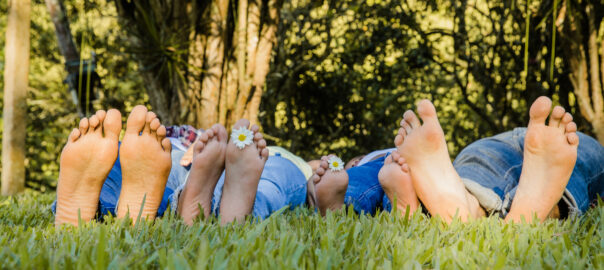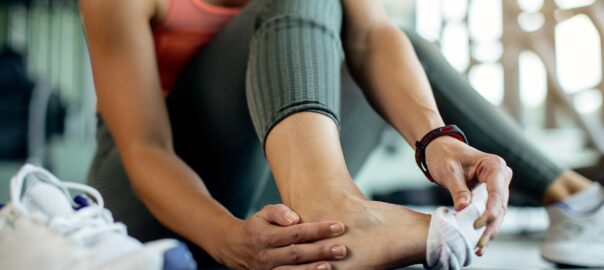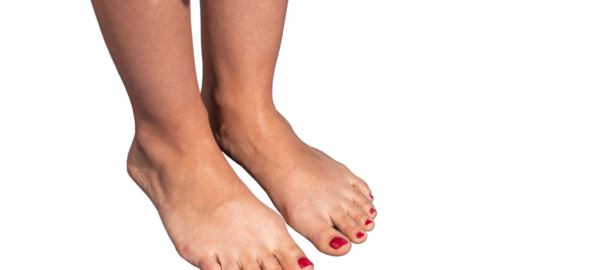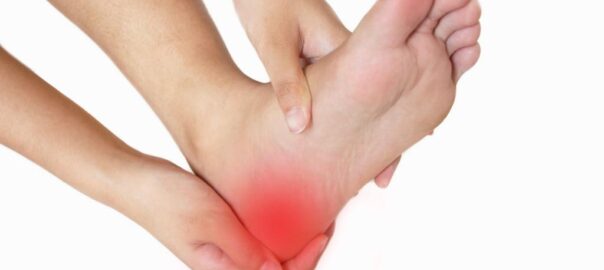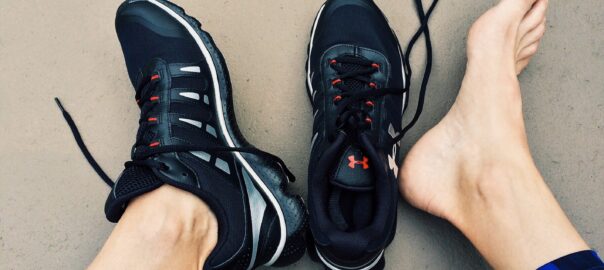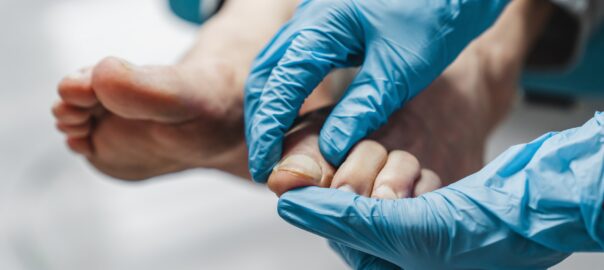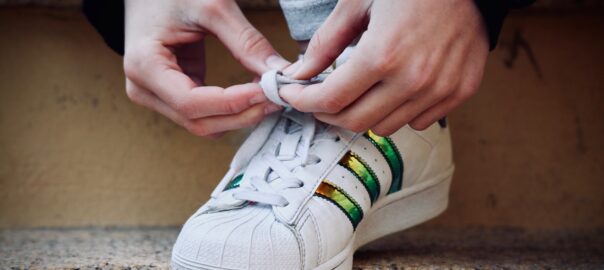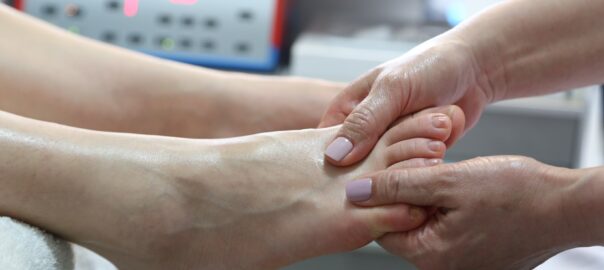Podiatrists in Chicago housecalls can come to your house this summer.
Summer brings unique challenges for foot health due to increased activities, exposure, and environmental factors. Here are some essential tips from podiatrists to keep your feet healthy and comfortable during the warmer months:
1. Choose the Right Footwear
- Supportive Sandals: Opt for sandals with arch support, cushioned soles, and straps that keep your feet secure. Avoid flat flip-flops as they provide little to no support.
- Breathable Shoes: Wear shoes made from breathable materials to keep your feet cool and dry. Mesh and canvas are good options.
- Proper Fit: Ensure your shoes fit well to prevent blisters, calluses, and other foot injuries.
2. Practice Good Hygiene
- Wash Feet Daily: Clean your feet thoroughly every day to remove sweat and bacteria. Dry them completely, especially between the toes, to prevent fungal infections.
- Moisturize: Apply a light, non-greasy moisturizer to keep your skin hydrated and prevent cracks. Avoid applying it between the toes to prevent excess moisture.
- Trim Nails Properly: Trim your toenails straight across and file any sharp edges to prevent ingrown toenails.
3. Protect Your Feet
- Sunscreen: Apply sunscreen on your feet, including the tops and ankles, to prevent sunburn.
- Avoid Hot Surfaces: Sand and pavement can get extremely hot in the summer. Wear shoes or sandals to protect your feet from burns.
4. Stay Dry
- Change Socks: If your feet sweat a lot, change your socks frequently to keep them dry. Choose moisture-wicking socks to reduce sweat.
- Antifungal Powder: Use antifungal powder to keep your feet dry and prevent fungal infections like athlete’s foot.
5. Address Foot Issues Promptly
- Blisters and Sores: If you develop blisters or sores, clean them with mild soap and water, apply an antiseptic, and cover them with a bandage.
- Consult a Podiatrist: For persistent or severe foot issues, seek professional help from a podiatrist.
6. Stay Active Safely
- Gradual Increase in Activity: If you’re increasing your physical activity, do it gradually to avoid overuse injuries.
- Stretch and Warm-Up: Stretch your feet and ankles before engaging in physical activities to prevent strains and sprains.
7. Hydration and Diet
- Stay Hydrated: Drink plenty of water to maintain overall health and prevent swelling in your feet.
- Balanced Diet: Eat a balanced diet rich in vitamins and minerals to support foot health.
8. Special Considerations for Diabetics
- Regular Inspections: Diabetics should inspect their feet daily for cuts, blisters, and other injuries.
- Proper Footwear: Wear shoes that fit well and provide good support to prevent foot complications.
By following these tips, you can enjoy a comfortable and healthy summer season while keeping your feet in great condition.





